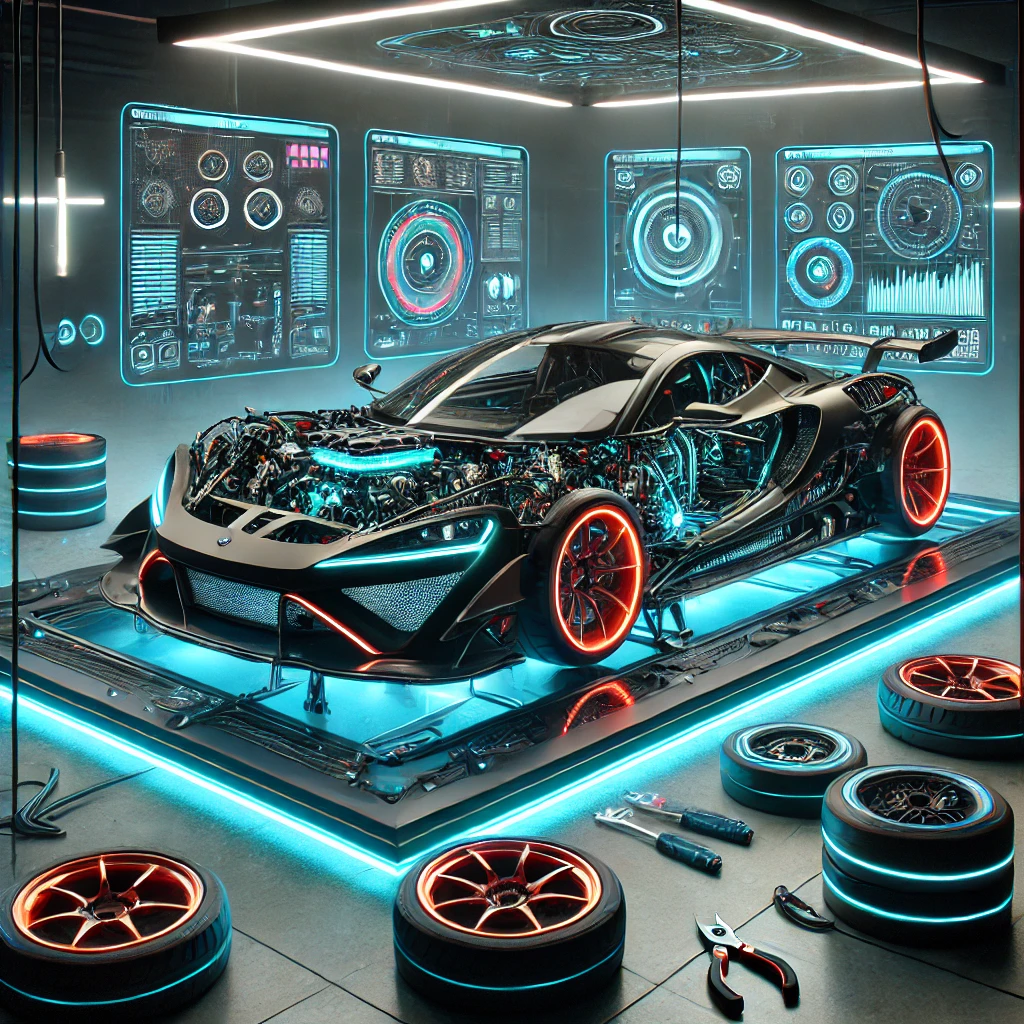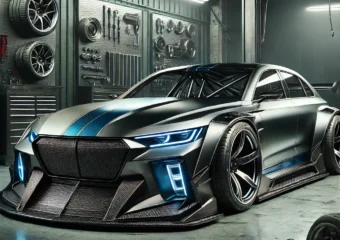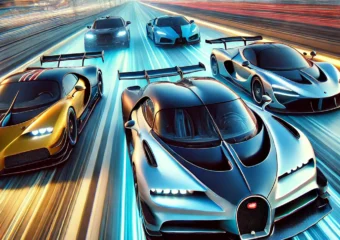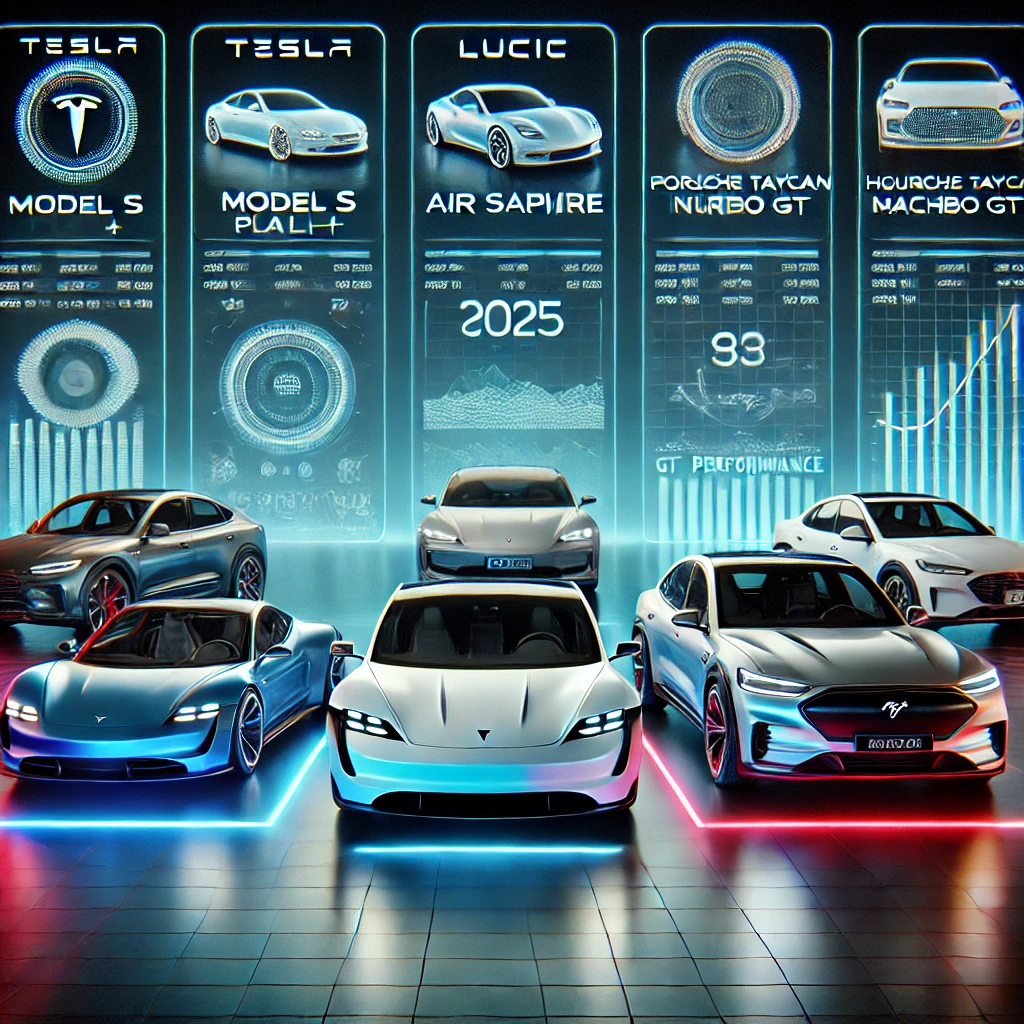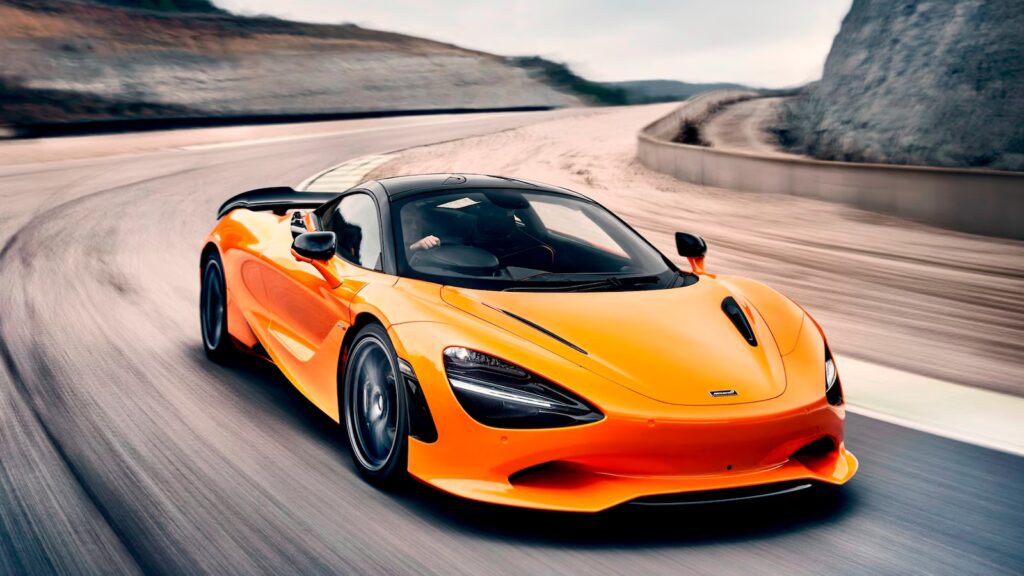
Top Car modifications have always been a way for enthusiasts to personalize their vehicles, enhance performance, and express their unique style. As technology advances and new trends emerge, 2025 brings a fresh wave of innovations in the tuning world. Whether you want to improve speed, handling, aesthetics, or sound, there are numerous upgrades that can transform your car into a true masterpiece.
We will explore the top car modifications trending in 2025, covering both performance and style upgrades. This guide is crafted for car enthusiasts, gearheads, and anyone looking to boost their vehicle’s capabilities while maintaining a sleek, head-turning appearance.
1. Engine Tuning and Performance Upgrades
1.1 ECU Remapping & Chip Tuning
Modern cars rely heavily on their Electronic Control Unit (ECU), which regulates engine parameters such as fuel injection, turbo boost, and ignition timing. In 2025, ECU remapping has become more advanced, offering:
- Increased horsepower and torque
- Better fuel efficiency
- Smoother throttle response
- Enhanced turbocharger performance
Popular chip tuning brands in 2025 include COBB, APR, and Bootmod3, all providing custom tuning solutions tailored to different car models.
1.2 Turbo and Supercharger Upgrades
Boosting your car’s forced induction system is one of the best ways to increase horsepower. The trend for 2025 focuses on:
- Hybrid Turbochargers: Combining the best of traditional and electric turbos to minimize lag.
- Twin-Scroll Turbochargers: Improving response time for a more efficient power boost.
- Bigger Superchargers: Providing instant power gains with refined pulley and intercooler setups.
1.3 Cold Air Intake Systems
A performance air intake is a simple yet effective way to boost horsepower. Cold air intakes provide denser air to the engine, resulting in:
- Improved combustion efficiency
- Enhanced throttle response
- Increased fuel economy
Top brands like K&N, AEM, and aFe Power continue to dominate the market with advanced filtration and airflow designs.
2. Exhaust System Enhancements
2.1 Performance Exhaust Systems
Upgrading the exhaust system enhances both performance and sound. Popular exhaust modifications for 2025 include:
- Cat-Back Exhaust Systems: Replacing the factory exhaust from the catalytic converter back for improved flow.
- Resonator Deletes: Increasing exhaust volume and deepening sound.
- Valved Exhaust Systems: Allowing the driver to control exhaust loudness based on driving mode.
2.2 High-Flow Catalytic Converters
While catalytic converters are essential for emissions control, upgrading to a high-flow model reduces back pressure and increases power output. Modern high-flow cats maintain emissions compliance while delivering better performance.
3. Suspension and Handling Upgrades
3.1 Coilovers and Lowering Springs
Adjustable coilovers remain one of the best modifications for handling improvements. Benefits include:
- Improved cornering stability
- Adjustable ride height and stiffness
- Enhanced road grip for both street and track use
3.2 Sway Bars and Strut Braces
Reducing body roll and enhancing chassis stiffness are critical for high-speed stability. The latest sway bars and strut braces are engineered with lightweight materials like carbon fiber and titanium.
3.3 Air Suspension Systems
In 2025, air suspension kits have evolved significantly, offering dynamic ride height adjustments with smartphone control, allowing drivers to switch between comfort and aggressive stance setups seamlessly.
4. Braking System Improvements

4.1 Performance Brake Kits
Bigger and better brakes are necessary when increasing horsepower. The latest brake kits offer:
- High-performance ceramic brake pads
- Slotted and drilled rotors for better heat dissipation
- Multi-piston calipers for improved stopping power
4.2 Brake Cooling Systems
With more powerful engines and aggressive driving styles, brake cooling ducts and ceramic coatings have become essential for maintaining optimal braking performance under extreme conditions.
5. Exterior Styling and Aerodynamics
5.1 Widebody Kits
Aggressive and functional, widebody kits allow for wider tires and enhanced aerodynamics. Leading brands like Liberty Walk and Pandem continue to innovate with lightweight materials and custom fitments.
5.2 Carbon Fiber Components
From hoods and spoilers to diffusers and splitters, carbon fiber remains the material of choice for reducing weight while enhancing aesthetics. Some top trends include:
- Forged carbon designs
- Active aero elements for better downforce
- Lightweight, race-inspired spoilers
5.3 LED and RGB Lighting Upgrades
Custom lighting continues to be a popular trend, with new advancements such as:
- Smart RGB headlights with app-controlled color variations
- Sequential LED taillights for modern styling
- Underbody neon kits making a nostalgic comeback
6. Interior Enhancements & Tech Upgrades
6.1 Digital Dashboards and Infotainment Systems
The car interior is no longer just about comfort; it’s about technology and connectivity. Newer modifications in 2025 include:
- Fully customizable digital dashboards with real-time telemetry data.
- AI-powered infotainment systems that integrate with smart assistants.
- Wireless Android Auto & Apple CarPlay with augmented reality HUD displays.
6.2 Custom Racing Seats & Steering Wheels
For those who take performance seriously, racing-inspired interiors provide improved control and comfort:
- Lightweight carbon fiber or Alcantara-wrapped steering wheels.
- Ergonomic bucket seats with multi-point harness support.
- Heated and ventilated options for year-round driving comfort.
6.3 Ambient Lighting & Sound System Upgrades
Customization doesn’t stop at performance. Lighting and audio upgrades allow for a more immersive driving experience:
- RGB LED ambient lighting with smartphone control.
- Premium surround sound systems from brands like Bose and Bang & Olufsen.
- Digital equalizers for fully personalized audio tuning.
7. Advanced Tuning Technology
7.1 Standalone ECU & Custom Mapping
Tuning in 2025 is more precise than ever with advanced ECUs that allow for:
- Real-time fuel and ignition adjustments.
- On-the-fly tuning with smartphone apps.
- AI-assisted performance optimization.
7.2 Data Logging & Performance Analytics
New OBD-II tuning and telemetry apps provide deeper insight into a car’s performance, helping enthusiasts fine-tune their setups with:
- Real-time horsepower and torque readings.
- G-force and lap-time tracking for racers.
- Cloud-based driving data for remote tuning assistance.
7.3 Hybrid and Electric Performance Chips
Hybrid and electric vehicle tuning is on the rise, allowing for:
- Increased range and power output via software tweaks.
- Regenerative braking optimization for performance driving.
- AI-based efficiency mapping to balance power and consumption.
8. Wheel & Tire Upgrades
8.1 Forged Lightweight Wheels
Lighter wheels improve both handling and acceleration. The top trends in 2025 include:
- Forged aluminum and carbon fiber wheels for strength and weight reduction.
- Aero-disc wheels for increased fuel efficiency and better airflow management.
- Adaptive wheel designs that adjust to road conditions.
8.2 High-Performance Tires
Tire technology has advanced significantly, offering improved grip and longevity:
- Smart tires that monitor pressure and temperature in real-time.
- All-season performance compounds for year-round usability.
- Track-specific rubber designed for extreme grip during high-speed driving.
8.3 Wide Tires and Stance Modifications
Car stance and fitment are more important than ever in 2025, with trends like:
- Aggressive wide-body kits to accommodate larger wheels.
- Negative camber setups for enhanced cornering grip.
- Air suspension and dynamic ride height adjustments.
9. Hybrid & Electric Performance Mods
9.1 Battery Upgrades & Power Boosters
Electric vehicle (EV) tuning is gaining traction with mods that improve power delivery and longevity:
- High-capacity lithium-ion and solid-state batteries for extended range.
- Performance-oriented power inverters that boost acceleration.
- Lightweight EV chassis modifications to reduce weight and improve handling.
9.2 Regenerative Braking & Torque Vectoring
New regenerative braking technologies allow EVs to recover more energy while maintaining sharp handling, including:
- AI-assisted braking force distribution.
- Improved torque vectoring for better cornering.
- Software enhancements that maximize energy recovery without sacrificing performance.
9.3 Hybrid Engine Optimization
For hybrid vehicles, performance tuning now focuses on optimizing battery-to-engine power delivery. Key trends include:
- Boosted turbo hybrids for instant torque response.
- Variable cylinder deactivation tuning for better fuel efficiency.
- Aftermarket electric motor tuning for increased horsepower.
10. The Future of Smart Car Tuning
10.1 AI-Powered Performance Tuning
With advancements in artificial intelligence, performance tuning in 2025 is reaching new levels with:
- Self-learning ECUs that adjust settings based on driving style.
- AI-powered predictive maintenance that prevents failures before they happen.
- Smart driving modes that adjust performance dynamically based on terrain and weather conditions.
10.2 Wireless Over-the-Air (OTA) Updates
Modern cars can now receive performance and software updates remotely, allowing for:
- Automatic ECU optimizations from manufacturers and tuners.
- Dynamic adjustments to throttle response and boost levels.
- New driving modes that enhance performance and efficiency.
10.3 Biometric & Voice-Controlled Tuning
The next generation of car tuning includes biometric sensors that adapt performance settings based on the driver’s physiology:
- Heart rate and stress detection adjusting driving dynamics.
- Voice-controlled engine and suspension tuning.
- Personalized driving profiles stored in cloud-based systems.
